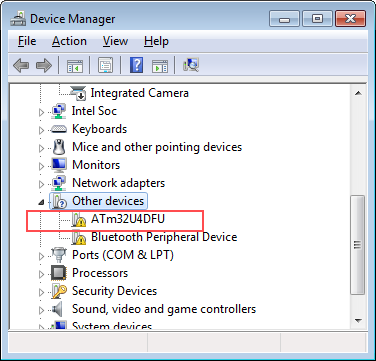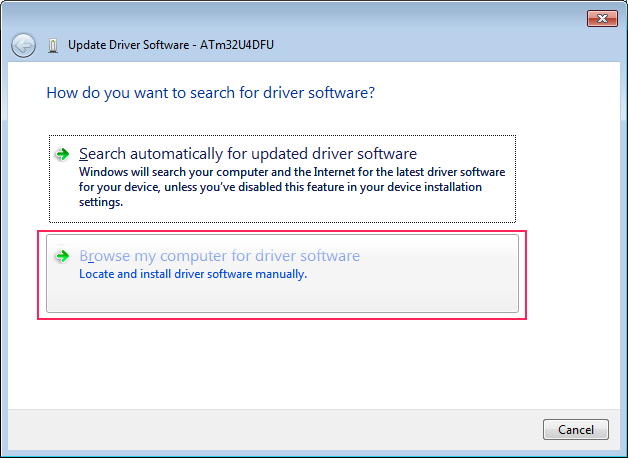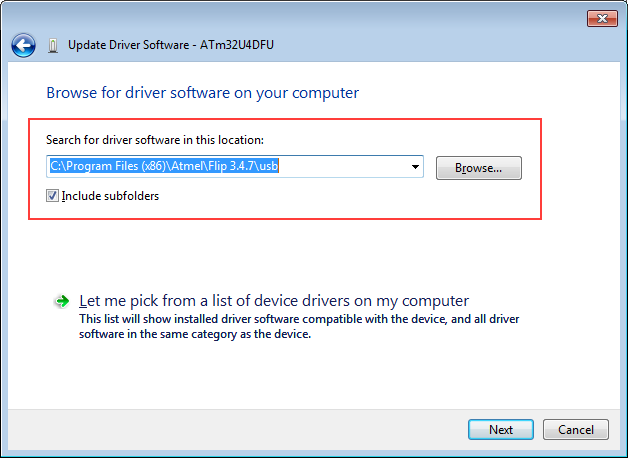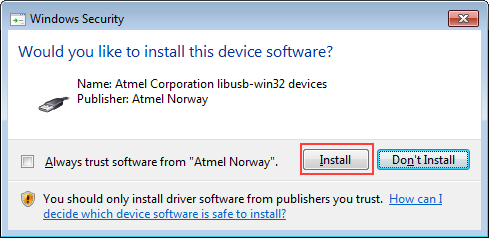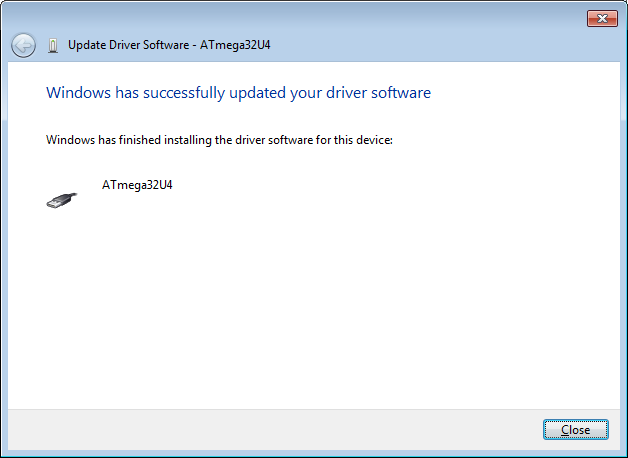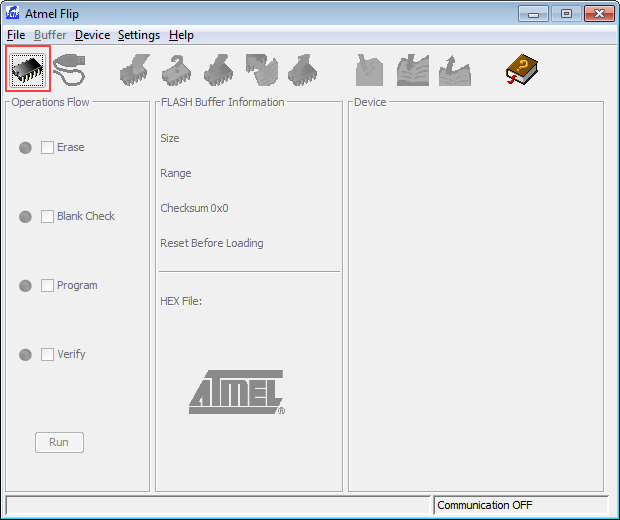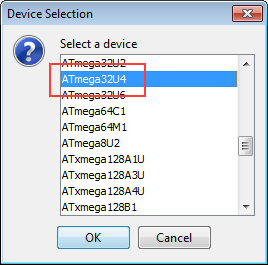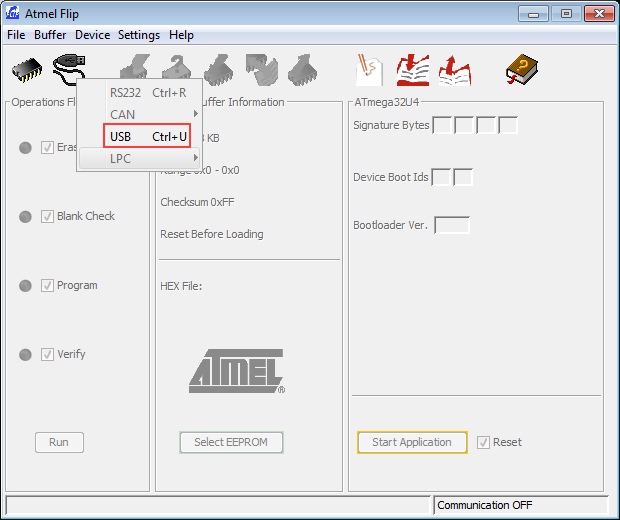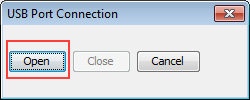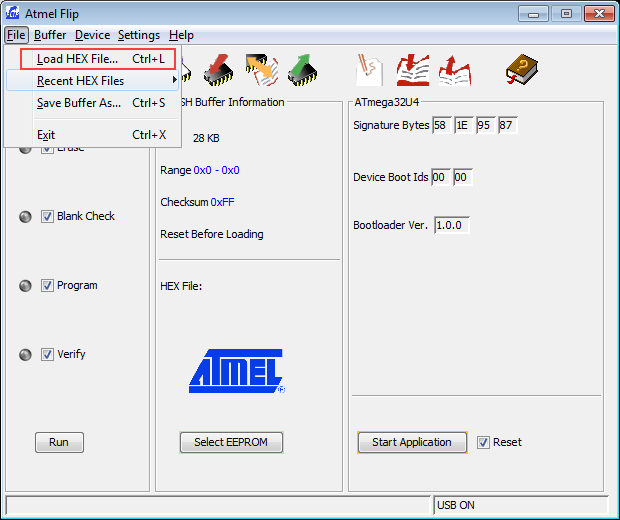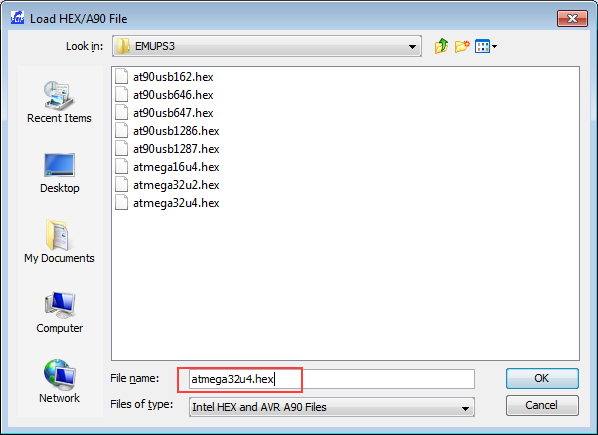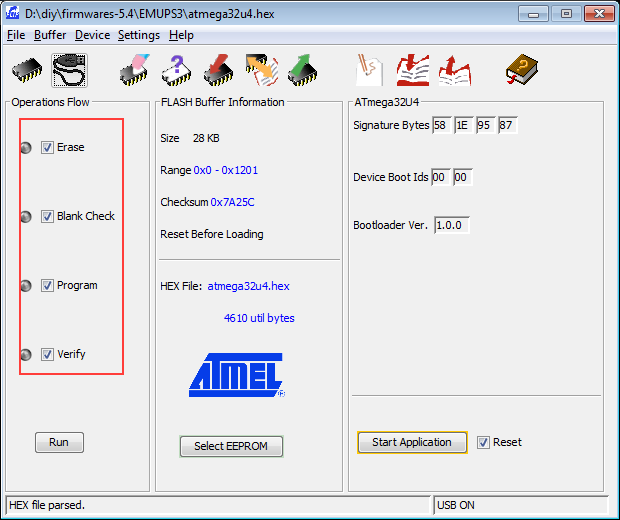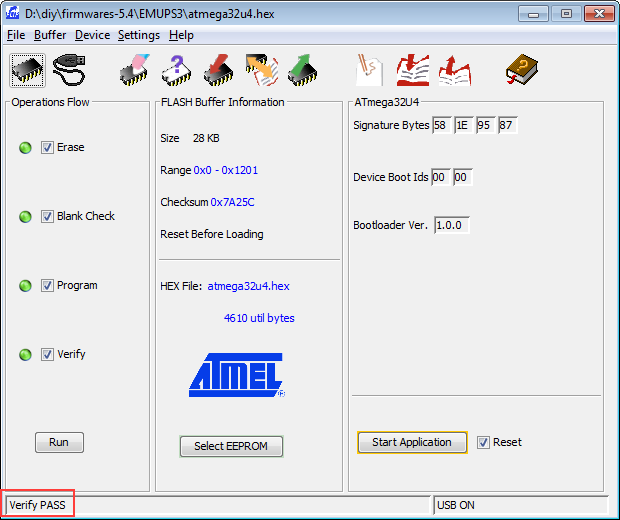Difference between revisions of "TIAO GBoard (ATMEGA32u4/FT231x) Manual"
From TIAO's Wiki

10 PCS, 10cm x 10cm, 2 layers prototype for $38.80 shipped!
| Line 29: | Line 29: | ||
# Load HEX: [[image:Fliploadhex.png||none]] Select corresponding firmware for ATMEGA32U4. Since I am going to use it for PS3, I select EMUPS3/atmega32u4.hex: [[Image:flipselectfw.png||none]] | # Load HEX: [[image:Fliploadhex.png||none]] Select corresponding firmware for ATMEGA32U4. Since I am going to use it for PS3, I select EMUPS3/atmega32u4.hex: [[Image:flipselectfw.png||none]] | ||
# Make sure Erase, Blank Check, Program and Verify is checked, then click Run: [[Image:Fliprun.png||none]] | # Make sure Erase, Blank Check, Program and Verify is checked, then click Run: [[Image:Fliprun.png||none]] | ||
| − | # Now you have loaded the firmware to your GBoard. | + | # Now you have loaded the firmware to your GBoard: [[Image:flipdone.png||none]] |
Revision as of 12:13, 16 February 2016
TIAO GBoard is a development board for rapid AVR development.
Th GBoard is powered by an ATMEGA32U4 and FT231x. The ATMEGA32U4 pre-programmed with the AVR's DFU bootloader which allows code to be programmed inside the chip without any external programmer.
Inspect hardware
The GBoard can work in 5V mode or 3.3V mode. The default voltage is 5V, which is configurable via jumper J5. Short J5's 1-2 for 5V mode, short J5's 2-3 for 3.3V mode.
If you are using the GBoard for GMIX development, please make sure the jumper is at 5V (1-2 on J5).
Make sure no jumpers on J1 and J2 for now.
Load firmware to ATMEGA32U4
Windows
For Windows machine, the easiest way is to use Flip software provided by ATMEL.
- Do not plug the GBoard to your Windows machine yet, as there is no driver at this moment.
- Download the Flip software from [1]. If you do not have Java installed on your Windows, download the package with embedded java version, otherwise download the smaller package one.
- Install the Flip software. The installation is straightforward. This will also install the drivers for AVR microchips, so when you connect the GBoard to your computer you have drivers to install.
- Plug the GBoard's ATMEGA32U4 USB connector to your computer using a USB A to Mini USB B cable. There are 2 Mini USB connectors on the GBoard, one is for FT231x and one is for ATMEGA32U. The ATMEGA32U one is next to S1 switch.
- Windows should pop up a 'Found new hardware" dialog. Click on it to install the driver. If you do not see this, go to control panel, and open device manager, you should see something like: , right mouse click and select update driver software.
- Select browse my computer for driver software:
- The driver software is installed under Flip installation directory: "C:\Program Files (x86)\Atmel\Flip 3.4.7\usb": click "Next".
- Windows may pop up a dialog windows similar to this: , select "Install".
- After driver is successfully installed, you will see this: . Click "Close" to close the dialog
- Now launch Atmel Flip, click the target device icon: then select ATMEGA32U4 in the target device list: Click OK
- Select USB as the communication medium: and click Open:
- Load HEX: Select corresponding firmware for ATMEGA32U4. Since I am going to use it for PS3, I select EMUPS3/atmega32u4.hex:
- Make sure Erase, Blank Check, Program and Verify is checked, then click Run:
- Now you have loaded the firmware to your GBoard:

10 PCS, 10cm x 10cm, 2 layers prototype for $38.80 shipped!

